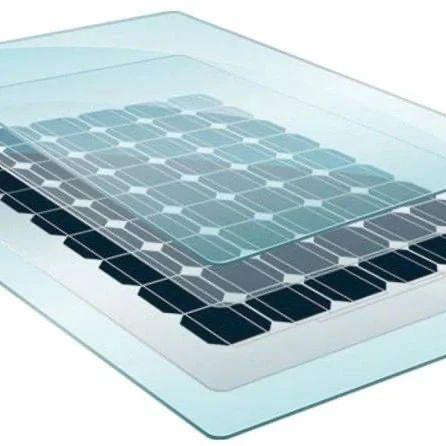

Understanding Beveled Low-E Glass A Modern Solution for Energy Efficiency and Aesthetic Appeal
In the realm of contemporary architecture and interior design, glass plays a pivotal role not just in functionality but also in enhancing the visual appeal of spaces. Among the varieties of glass available, beveled low-emissivity (Low-E) glass stands out as a remarkable choice for homeowners and architects alike. This article delves into what beveled low-E glass is, its benefits, and why it has become a go-to material in modern building projects.
What is Beveled Low-E Glass?
Beveled glass refers to glass with an angled edge that creates a decorative finish. This aesthetic feature can enhance the visual depth and appeal of windows, doors, and other glass installations. When combined with Low-E technology, which involves a microscopically thin coating that reflects infrared energy while allowing visible light to pass through, beveled low-E glass offers both beauty and efficiency. The Low-E coating helps to control heat transfer, making the glass an ideal choice for maximizing energy savings in both residential and commercial buildings.
Energy Efficiency and Environmental Impact
One of the most significant advantages of using beveled low-E glass is its energy efficiency. Traditional glass allows heat to escape easily in winter and can let in too much solar heat in summer. In contrast, low-E coatings reflect heat back into the building during colder months, helping to maintain a comfortable indoor temperature. During warmer seasons, the glass reflects much of the solar heat, significantly reducing the need for air conditioning. This dual action leads not only to a more comfortable living environment but also to lower energy bills. Moreover, by reducing the dependency on heating and cooling systems, this type of glass contributes to a lower carbon footprint, making it an environmentally friendly option.

Aesthetic Appeal
Beyond the functional benefits, beveled low-E glass adds a touch of elegance to any space. The beveled edges create a prismatic effect that refracts light, offering a decorative sparkle that can elevate the ambiance of a room. Whether used in large window installations, frameless shower doors, or custom glass partitions, the interplay of light on beveled edges creates a striking visual impact. This aesthetic quality allows architects and designers to incorporate glass as a dynamic design element in their projects.
Durability and Maintenance
Beveled low-E glass is designed to be durable and maintain its clarity over time. The coating is typically resistant to scratches, and the glass is treated to withstand various environmental impacts. This durability means less frequent replacement and lower maintenance costs in the long run. Regular cleaning is straightforward, allowing homeowners to keep their glass installations looking pristine without significant effort.
Conclusion
In summary, beveled low-E glass exemplifies a perfect fusion of energy efficiency and aesthetic enhancement. Its ability to reduce energy consumption while providing a visually appealing solution makes it a preferred choice for modern constructions. As the demand for sustainable living continues to rise, materials like beveled low-E glass are poised to play a crucial role in shaping the future of architecture and design. For anyone looking to combine beauty with practicality, investing in beveled low-E glass is undeniably a step in the right direction, ensuring that homes and buildings are both stylish and energy-efficient.